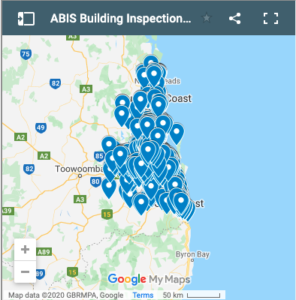Cladding and Siding
Siding is the outer covering or cladding of a house which protects it from weather. On a building that uses siding, it may act also have an aesthetic appeal.
Siding may be formed of horizontal boards or vertical boards (known as weatherboarding), shingles, or sheet materials. In all cases, avoiding wind and rain infiltration through the joints is a major challenge, met by overlapping, by covering or sealing the joint, or by creating an interlocking joint such as a tongue-and-groove. Since building materials expand and contract with changing temperature and humidity, it is not practical to make rigid joints between the siding elements.
Siding may be made of wood, metal, plastic (vinyl), masonry , or composite materials. It may be attached directly to the building structure (studs in the case of wood construction), or to an intermediate layer of horizontal planks called sheathing.
Vinyl/Plastic Siding:
Vinyl or plastic siding was previously popular due to the generally low maintenance and low cost appeal it offered. It is also among the easiest forms of siding to install. Since it is a manufactured product, it may come in unlimited color choices. Historically vinyl sidings would fade, crack and buckle over time, requiring the siding to be replaced.
Vinyl siding is sensitive to direct heat from grills, barbecues or other sources. Nor does vinyl siding provide additional insulation for the building, unless an insulation material has been added to the product. It has also been criticized by some fire safety experts for its heat sensitivity. Newer vinyl options have improved and resist damage and wear better. Recently however, it has become the less favoured siding choice by many.
An environmental cost of vinyl siding is that it is difficult to dispose of responsibly. It cannot be burned (due to toxic dioxin gases that would be released) and currently it is not recycled.
Metal Siding:
Metal siding comes in a variety of metals, styles, and colors. It is most often associated with modern, industrial, and retro buildings. Utilitarian buildings often use corrugated galvanized steel sheet siding or cladding, which often has a coloured vinyl finish. Corrugated aluminum cladding is also common where a more durable finish is required.
Aluminum siding is ideal for homes in coastal areas (with lots of moisture and salt), since aluminum reacts with air to form aluminum oxide, an extremely hard coating that seals the aluminum surface from further degradation.
Advantages:
- is durable
- requires minimal maintenance
- is fire-resistant
- is recyclable
- is very cost-effective
-
it resists termites & fungal decay
Disadvantages:
- very energy-intensive to manufacture
- do not provide insulation for the structure
- often have to be shipped long distances from point of manufacture to point of use
- may be difficult to install due to its relatively high weight





